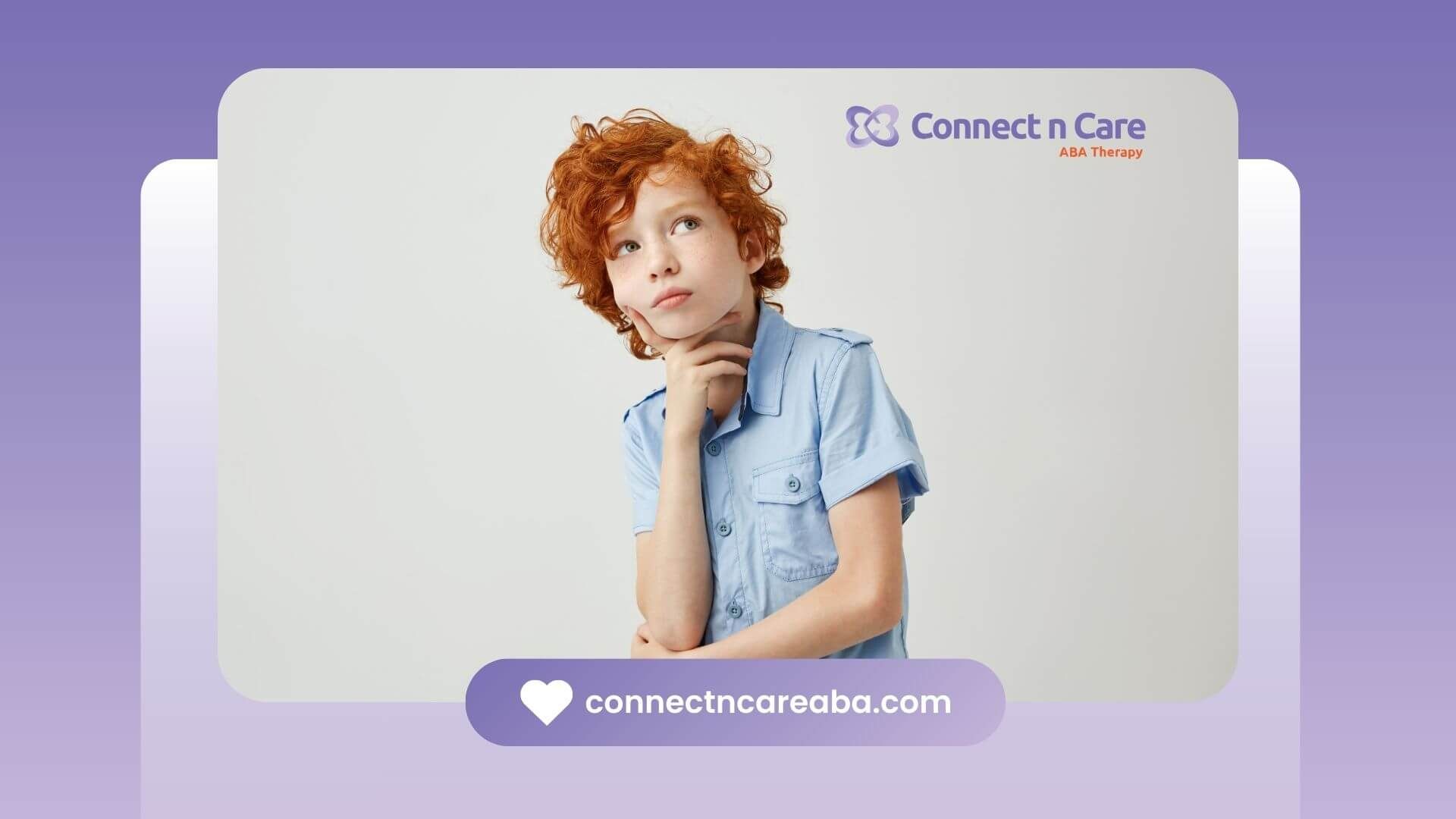Yes, children with autism can understand emotions but they may need extra support learning how to recognize, express, and respond to them.
Some children on the autism spectrum have difficulty reading facial expressions, tone of voice, or body language. This can make it harder to understand how others feel or to express their own emotions clearly. However, with the right tools and practice, many children with autism do learn to identify and manage emotions over time.
Applied Behavior Analysis (ABA) therapy is especially helpful in teaching emotional skills. Through structured lessons, visual supports, and role-playing, children can learn how to recognize emotions in themselves and others, handle frustration, and respond appropriately in social situations.
At Connect n Care ABA, we specialize in in-home ABA therapy across North Carolina, helping children build emotional awareness in a way that feels safe, clear, and supportive.
Want to help your child better understand emotions and connect with others? Get in touch today for a free consultation and discover how we can support your child’s emotional growth with personalized care.
SOURCES:
https://raisingchildren.net.au/autism/development/social-emotional-development/recognising-understanding-emotions-autistic-children-teens
https://pmc.ncbi.nlm.nih.gov/articles/PMC2781897/
https://sparkforautism.org/discover_article/managing-emotions/
https://pmc.ncbi.nlm.nih.gov/articles/PMC2997252/
https://www.thetransmitter.org/spectrum/people-with-autism-can-read-emotions-feel-empathy/









